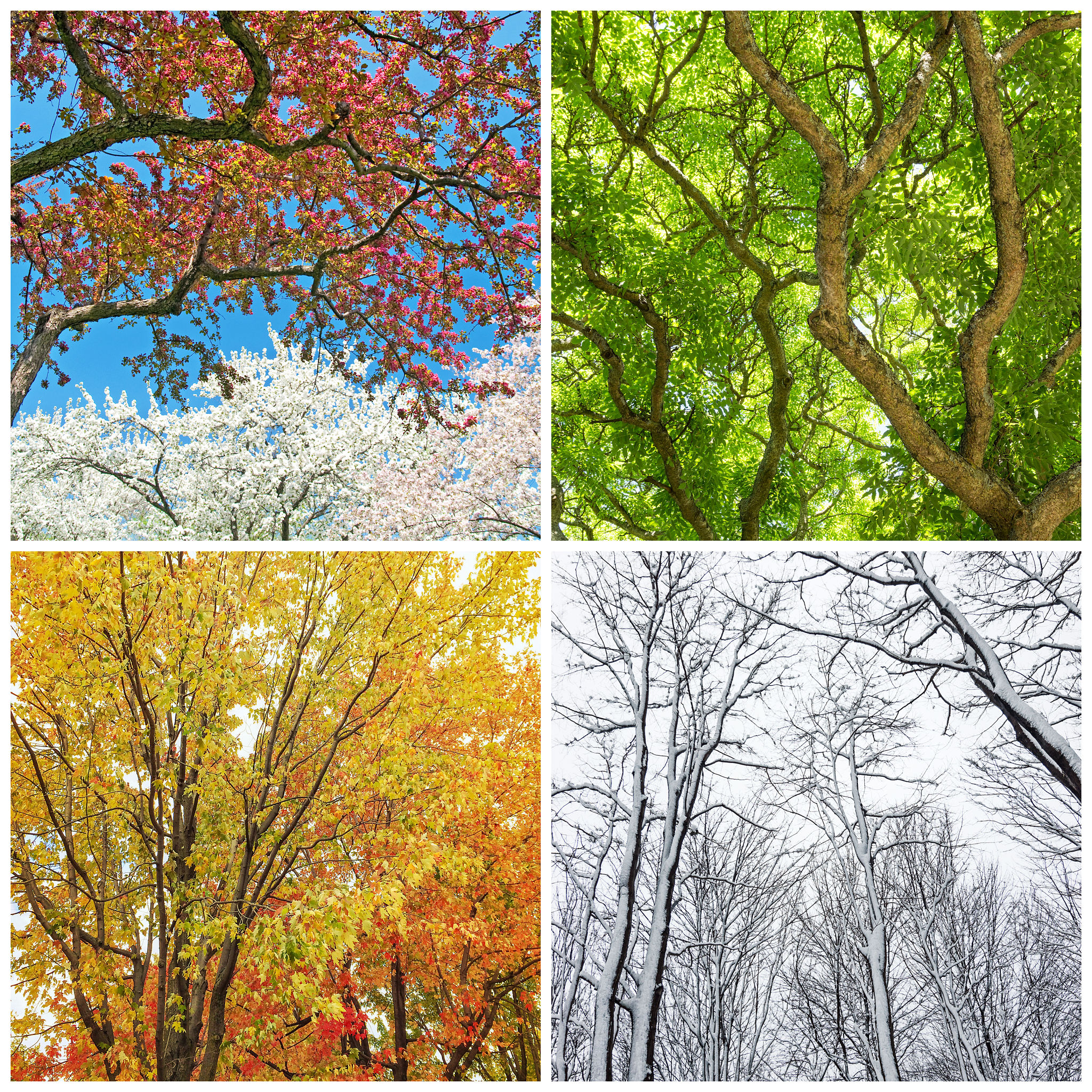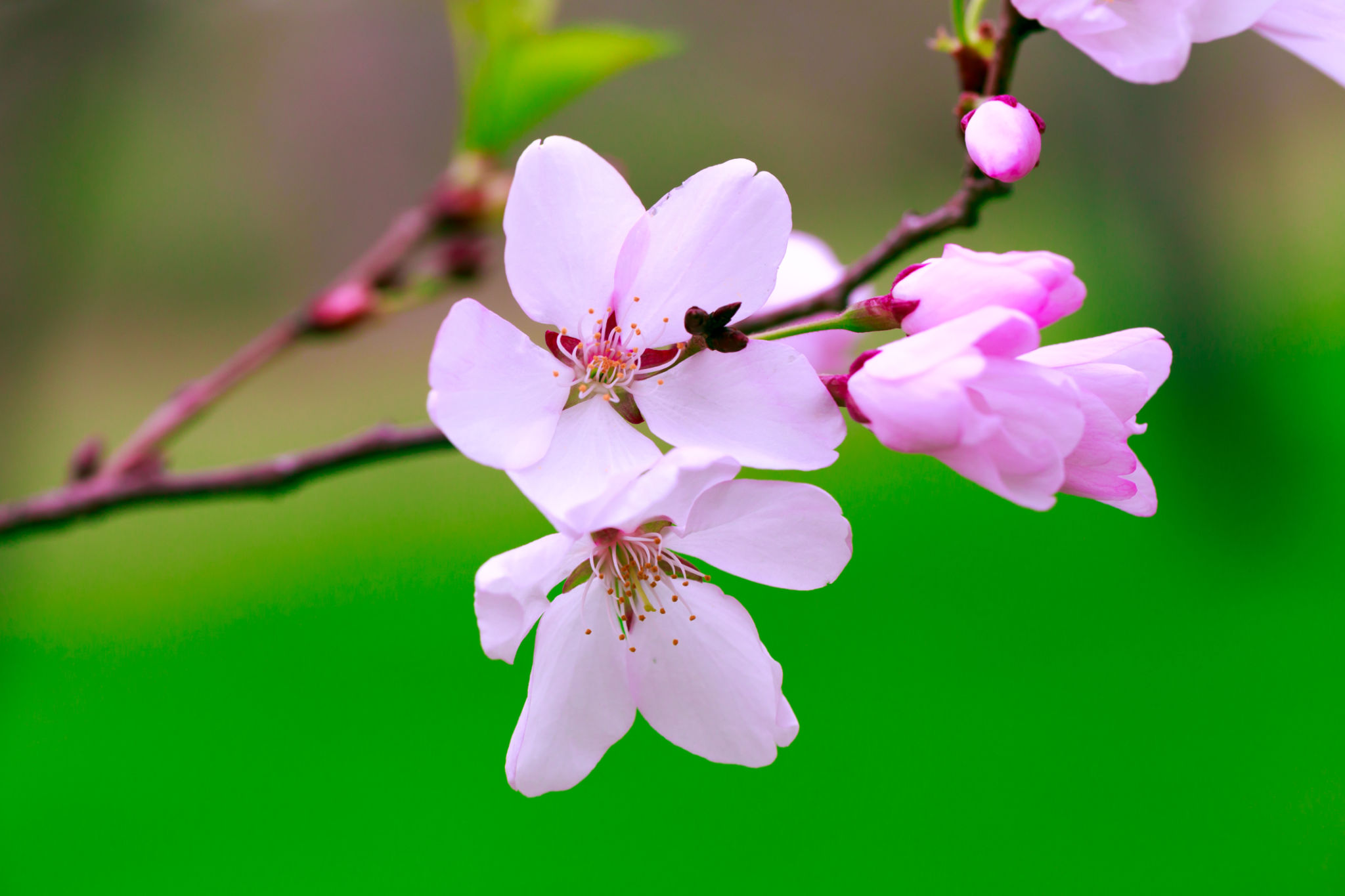"A Cold Wind From The Lake: New and Selected Poems"
"A Cold Wind From The Lake: New and Selected Poems," by Kevin McManus was published in December 2024 here at ShadowScript Publications.
The book is structured thematically by season, moving from January-February through to November-December, with each section containing multiple poems. The verses frequently explore Irish landscapes and cultural touchstones, reflecting on themes of loss, memory, nature, the passage of time, and spirituality. Additionally, the document includes an author biography, highlighting McManus's other published works and literary awards, and noting that one of the poems, "Lost Souls," was adapted into a short film. The poems in the collection are deeply shaped by the interwoven themes of nature, tradition, and personal loss, demonstrating how these elements define human experience, memory, and the spiritual landscape.

Nature's Pervasive Presence and Cycles
Nature is not merely a backdrop but an active participant and mirror in the poems, reflecting human emotions and the relentless passage of time.
Seasonal Rhythms and Life Cycles: The book's structure itself follows the months of the year, from January-February to November-December, emphasising nature's cyclical patterns. Poems like "January sky" depict "life sleeps within branch and black earth" and "the days duel against the retreating night, a sabre raised towards the Spring light". "Brigid’s day" celebrates the "earth is slowly reawakening," with "green shoots pushing up through the frozen earth" and "Spring is closer". "The death of a daffodil" explicitly states the cycle of life and return: "I must die and return, when the harsh winds will blow once more". "September" marks the "light is weakening, with the sun retreating" and "Growth is slowing as the leaves are falling," signifying autumn's arrival. The "Autumnal equinox" in "The light of the water" notes "the darkness is consuming the light" but promises "the light, it will return". The "Solstice, the feast of the risen sun," celebrates "the shortest day, the darkness before the dawn," symbolising rebirth and the continuation of the "cycle continues, the wheel keeps turning".
Landscape as Companion and Witness
The natural environment frequently serves as a setting for reflection and solace. "Our lakes are our seas" describes inland waters as a source of "solace in the quietude of ripples" where "its ebb and flow synchronise with the tone of our thoughts". A shed, with its "weathered boards sag[ging] under the weight of years," and "paint peeling away like memories of fading moments," shows "a quiet kind of poetry in the shed's slow surrender to time, a poignant beauty born from the graceful acceptance of impermanence". Even in decay, nature claims its stake, with "tenacious vines snake their way through cracks in the wood" and "a family of sparrows deliver life within the dying walls". This highlights nature's relentless process of decay and renewal.

Sensory Engagement with Nature
The poems often evoke nature through vivid sensory details. "A cold wind from the lake" brings a "bitter wind coming up from the lake would skin you". "The smell of opened earth, stained with blood and diesel" in "Opened ground" roots the narrative in a raw, physical landscape. The "heavy smell of damp burning wood" drifts across the valley in "The hare’s corner".
Enduring Threads of Tradition
Tradition, encompassing ancient beliefs, cultural practices, and historical echoes, deeply grounds the collection in a sense of place and heritage.
Pagan and Ancient Lore: Many poems connect to pre-Christian Irish and other ancient traditions. "A pagan place" describes "hallowed ground" where "the veil is thin at the borderlands," fostering a "connection with those who were rooted to the same places in the past," listing significant historical sites like Uisneach, Tara, and Bru na Boinne. Samhain is presented as "the thinning of the veil," the "end of the old year" where "time is entangled in the spiritual demesne" and "the fairy host and the faithful departed gather as the portals are opened". Brigid's Day (Imbolg) is celebrated as the "reawakening" of the earth, invoking the "exalted goddess of healers and poets". Bealtaine involves lighting "fires on Uisneach hill to purify the driven herd and preserve the ancient lore" and "maypole dancers". Lughnasadh is an "assembly for the sun god Lugh," a "celebration of the battle won for the harvest" with "an offering of the first fruits" and "tying clooties to the hawthorn branch for healing". The Solstice is presented as a "feast of the risen sun," marking the "rebirth of Mitra" and the Yule log's fire to "sanctify the dying year," aligning with practices like Odin's nocturnal flights and animal slaughter for winter feasts.

Religious and Cultural Practices
Christian elements are also present, often intertwined with older beliefs. "A Wednesday of ashes" hints at the Christian season of Lent. "The holy well" describes rituals like "circling the stones in the direction of the sun, drinking or washing in the waters, a cloth, tied to the branch of the rag tree". "Sacred Heart" depicts "crosses and relics on the wall" and a "sacred heart lit up," indicating Catholic religious imagery. "All soul’s night" refers to "a prayer book bestrode a wooden hall stand" and "libations for the holy ground," acknowledging the departed.
Folklore and Myth
The collection features specific references to Irish folklore and mythology. "The grey ridge" mentions the "Tuatha de Danann," "Dobhar chu," "Fir Bolg," "Maeve," and "Fairies" from Sheemore and Sheebeg, grounding the landscapes in mythical narratives. The poem "Deirdre and Naoise" retells the tragic Irish myth of love and death.

Everyday Cultural Life
Tradition is also found in mundane details, like "the eighteen bells solemnly sway" on the radio in "Turn the radio on". "An Fainleog" evokes a sense of nostalgic Irish life with its reference to "Sunday roast" and the popular TV show Glenroe.
The Weight of Personal Loss
Personal loss is a profound and recurring theme, exploring grief, absence, the fading of memories, and the impact of separation and mortality.
Grief and Absence: The book opens with "In your shadow, I walk," a poignant dedication to the author's late father. It describes the tangible absence: "his boots by the door, held the shape of him; silent, unmoving," and the earth that "holds him, soft earth cradling the weight of his years". "A Winter’s Tale" starkly portrays an old man's isolation, surrounded by "photos of loved ones no longer there," ultimately leading to his own demise.
Fading Memories and Regret
The passage of time often brings the pain of fading memories and regret. "Time, the clock upon the wall" directly addresses the loss of youth and vitality in an aging woman, whose "precious memories fading slow," as "time it is a silent thief and old age has laid its hand upon her". In "A Wednesday of ashes," a man is haunted by "fragments of a past he can't quite escape," reflecting on "dreams shattered like shards of glass" and a lost love from "forty years or more" ago, lamenting "what could have been". "Like dust in the wind" encapsulates how childhood memories "disappeared like dust in the wind," replayed "over and over again until the picture would finally fade".
Loss through Emigration and Displacement
The collection powerfully captures the emotional toll of emigration. "The bridge of sorrows" describes the heartbreaking farewells and the "mother’s cries upon the bridge will haunt them, and come to them in the dark of a New York night". "North wall" details the emigrant experience of rebuilding London, where "home was not a place, but a tapestry woven from the threads of half-forgotten memories". "Lost souls" vividly portrays the decline of an emigrant, "missing home," with "drink taking hold," eventually dying alone in the cold. "Lost places" depicts houses where "sons and daughters moved abroad," leaving "nobody left to read them and the house was no longer a home".

The Death of Place and Hope:
Loss extends beyond individuals to places and collective hope. "The silent village" laments "the death of an island," where "Tears soaked into the island shallow soil" and "The last of the living... carried off". "No redemption" depicts a landscape of utter decay and despair, where "stone walls have collapsed," "apple trees...are hacked, no fruit will they bear, they are barren," and "all that was found was pain and decay". The poem explicitly states, "No redemption can be pulled from this hard, grey earth".
In essence, the poems paint a rich tapestry where nature's relentless cycles provide a framework for understanding human existence, tradition offers deep roots and meaning, and personal loss, whether of loved ones, youth, home, or hope, leaves an indelible mark, often viewed through the lens of nature's impermanence and tradition's enduring spirit.
-Niall MacGiolla Bhuí, PhD. ©
